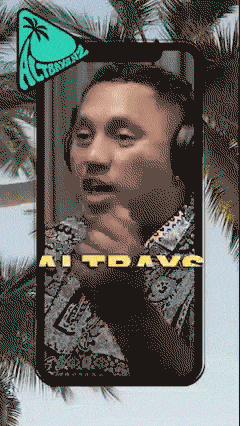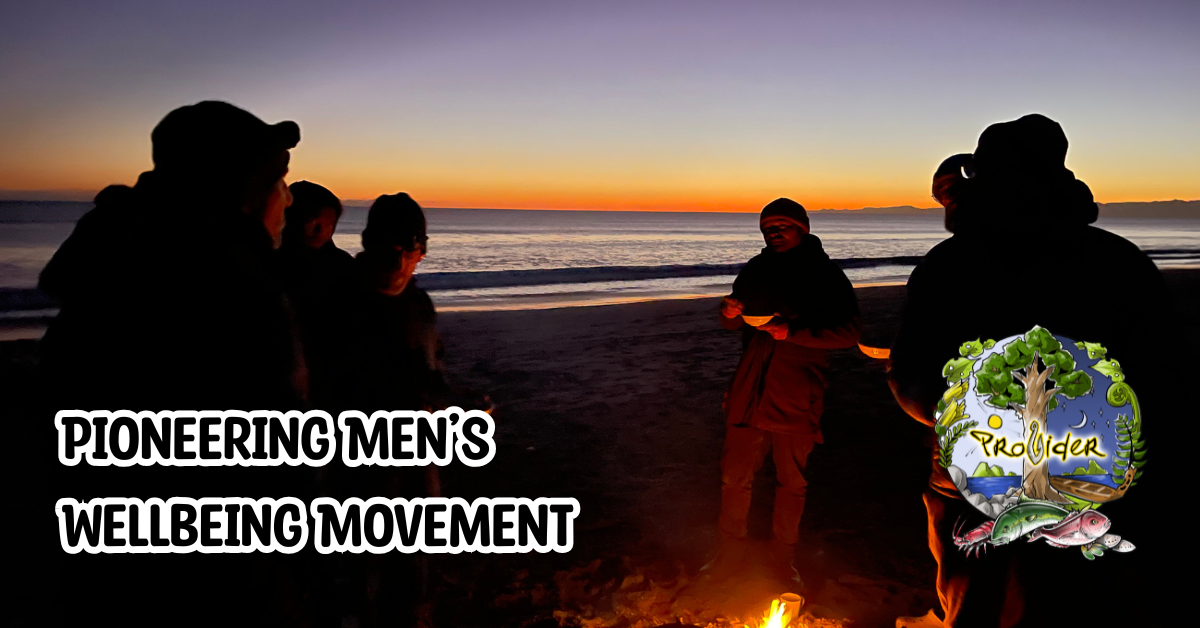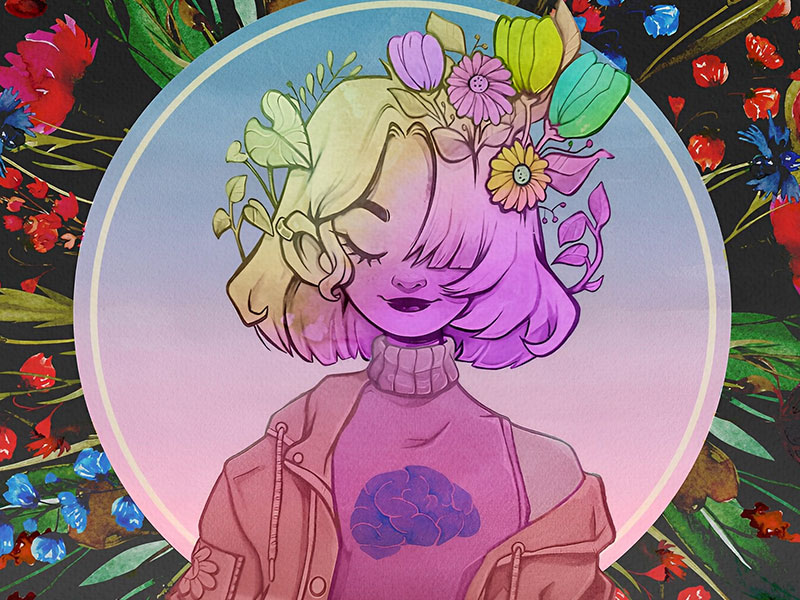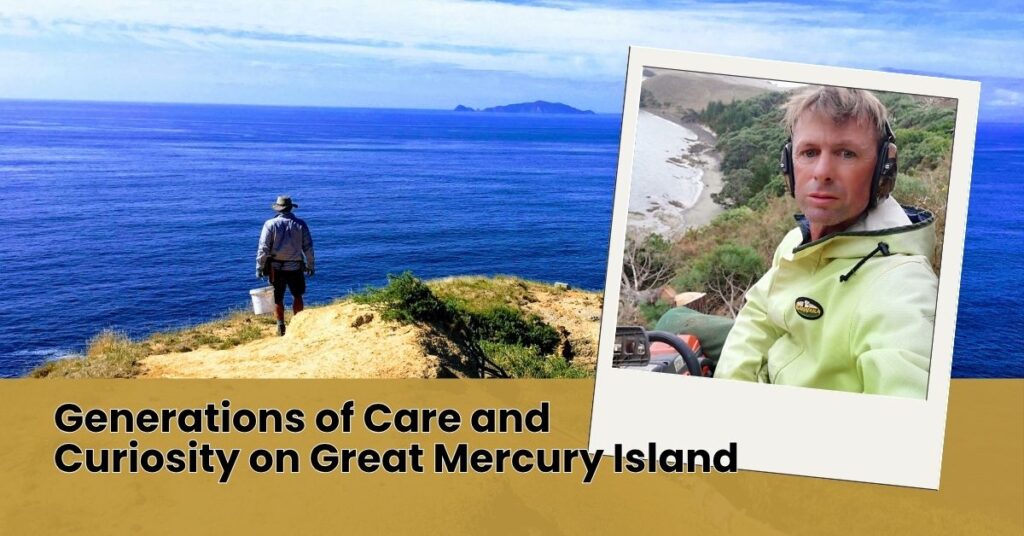
Ahuahu & Andy Series – Stories from the edge of The Island That Keeps Teaching
Ahuahu (named Great Mercury Island by Captain Cook) is unique in that it represents a snapshot of time, a snapshot of human interaction isolated from the influences of the mainland but a good representation of the human model. It represents the moment of human arrival, the many hundreds of years of communities gardening and fishing from the island, years of peace, years of war and raiding, years of early farming practice and mixed ownership.
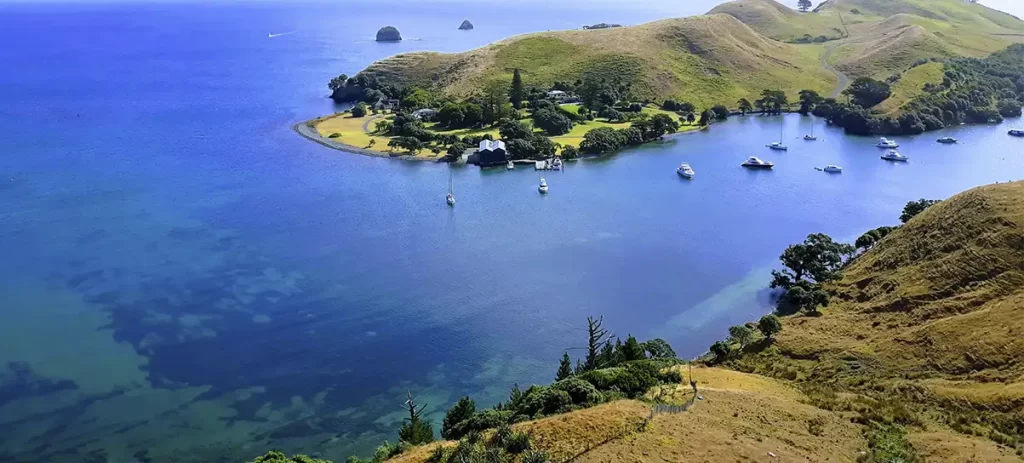
This includes homestead farming in the years of the Mizzen family, who deserve great respect for the long time they owned and cared for this island. Farming it would have been a very difficult undertaking – mustering on horseback, the mainland unreachable, needing to ship supplies, cattle and sheep from the mainland, breaking in land, and protecting the beaches from fire risks created by boat owners even back then.
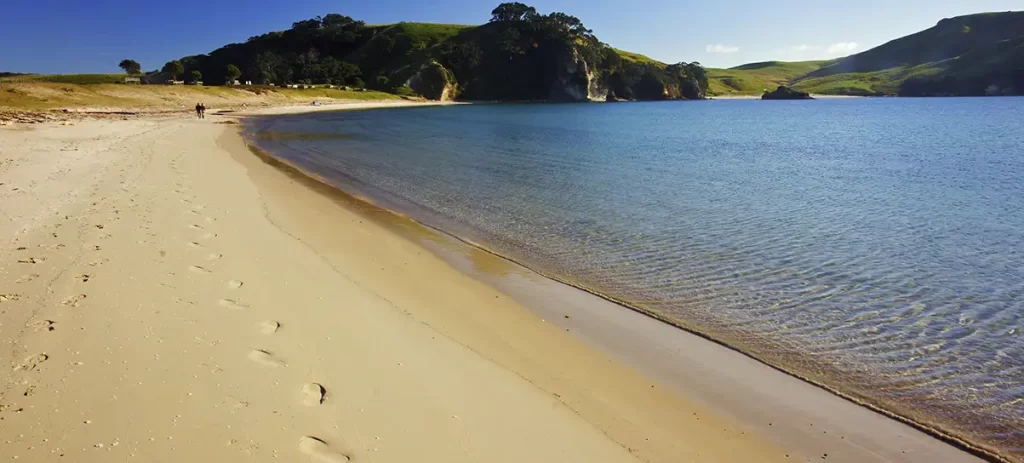
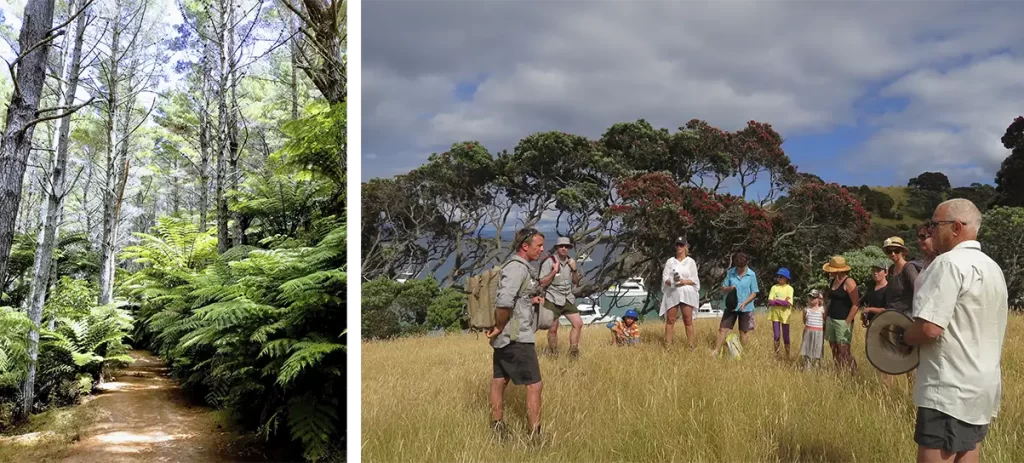
It was a real frontier thing to do in itself, but Pat Mizzen also made time for studying Ahuahu’s rich history. His is a well-respected name; an amateur archaeologist, he wrote notes that are still referred to today and there are two of his books in the Whitianga Library you can read if you are interested. I am sure many memories and stories of the island are still deeply embedded in the hearts of the Mizzen family.
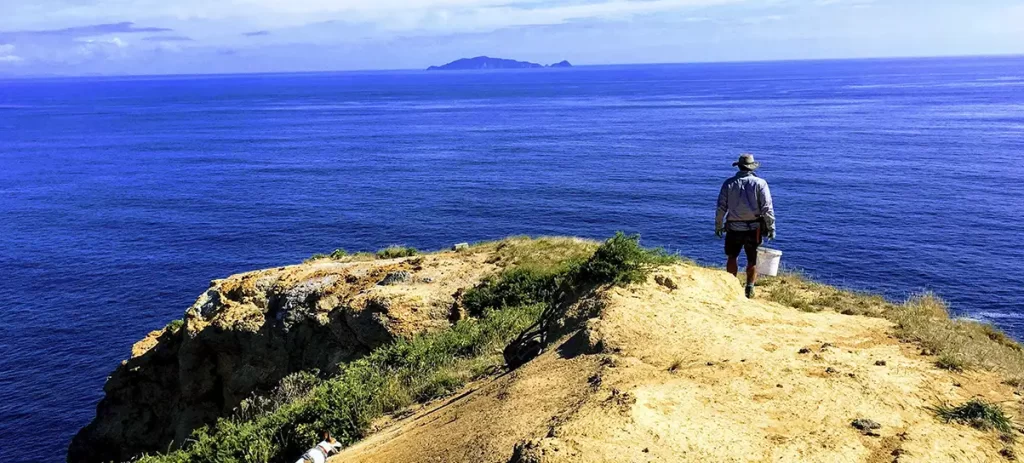
Huruhi Harbour itself, better known generally as ‘The Cove’, features in almanacs and tide charts historically because it is a deep sheltered cove, which was important for the old sailing scows which traded goods up and down the coast (into Kūaotunu and Whitianga from Auckland and elsewhere) as a much-needed point of refuge in unworkable sailing weather.
Nowadays, many PhD study cases benefit from the opportunity to access Ahuahu resources; the island is also closely linked to Auckland Museum and the University of Auckland. Archaeology and the study of Polynesian migration (when and from where they came) are closely linked to gardening techniques studied on Ahuahu – also focusing on things such as insect population surveys (entomology) and how different plots on the island have been affected by weather, temperature, humidity, foliage, human impact, dwellings, pasture, and so on.
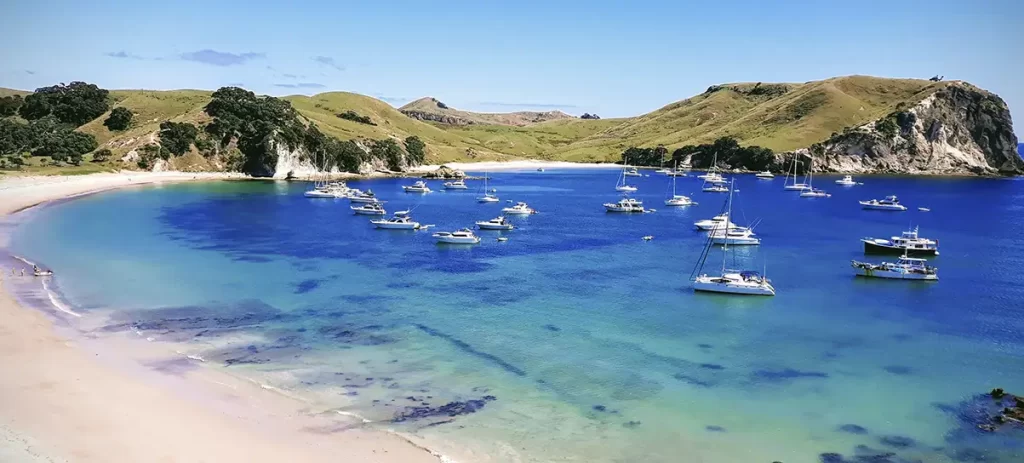
The study of insects includes native and exotic species, including pests like the Argentine Ant (they say getting rid of Argentine Ants is like trying to remove every grain of sand in Egypt, yet still Kiwi initiative says we can do it, and we try to find a way). Great Mercury Island is one of the largest landscapes in the world to try to eradicate this impressive ant; they now have a cutting-edge study case and are successfully winning the battle.
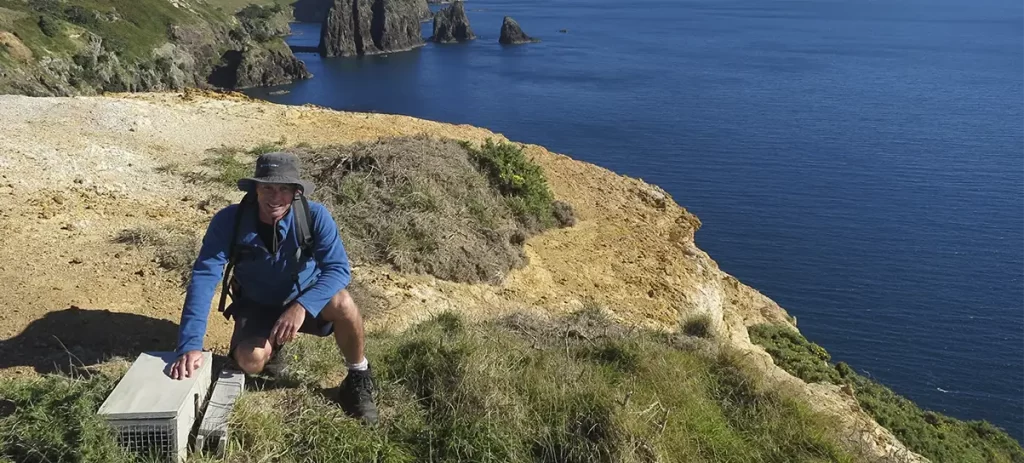
Another focus is the study of honeybees and wasps which are not native to New Zealand, in a natural New Zealand environment. Wasps are great pollinators of their native forested environments but like most non-native species here, wasps in New Zealand outcompete dozy native New Zealand species.
Why? Because New Zealand natives didn’t evolve with much competition; they evolved in an easier environment. In New Zealand forests, it was birdlife that did a lot of the pollinating, not bees; though New Zealand does have native bees, they don’t produce honey or behave much like the bees we are used to.
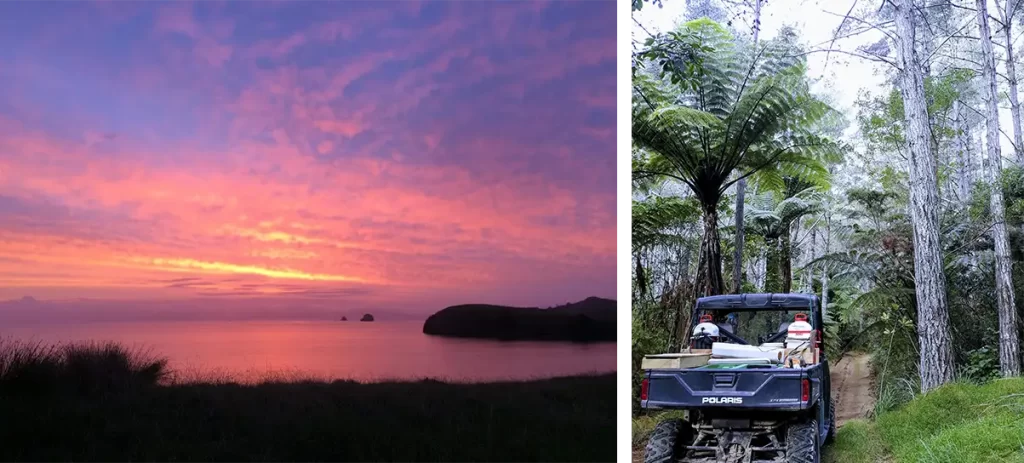
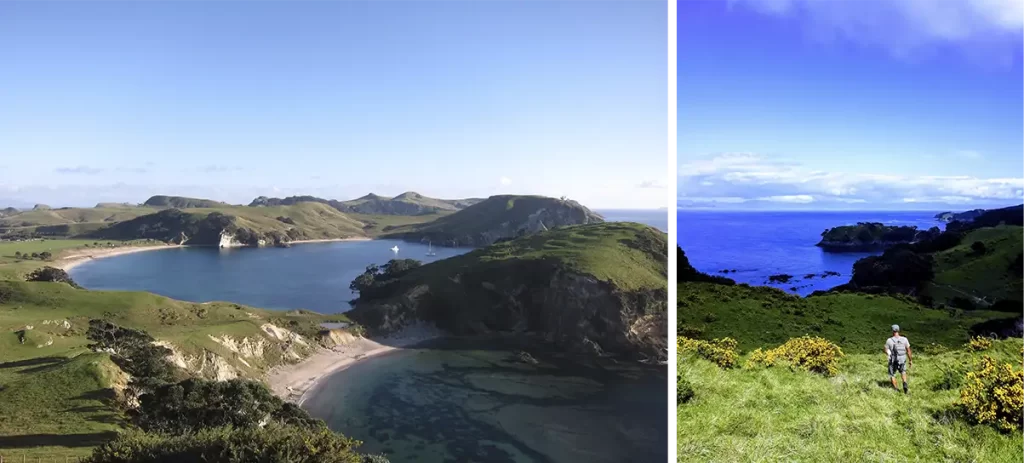
They are not furry and cute like honeybees, more like a small black hovering fly which doesn’t pollinate the crops of human ambition. The New Zealand native bee lives a solitary life in small holes in the ground; they are placid, you can walk among them, and you will not get stung.
Words by Andy Hopping
Coromind: Coromandel’s Collaborative Magazine

Help us take Coromind Magazine to new heights by becoming a member. Click here
Change the Weather for Your Business: Advertise with Us.
Advertise your business in the whole Hauraki Coromandel in the coolest Coromandel Art Magazine, from Waihi Beach/Paeroa /Thames up to the Great Barrier Island.
Advertise Smarter, Not Harder: Get in Touch


